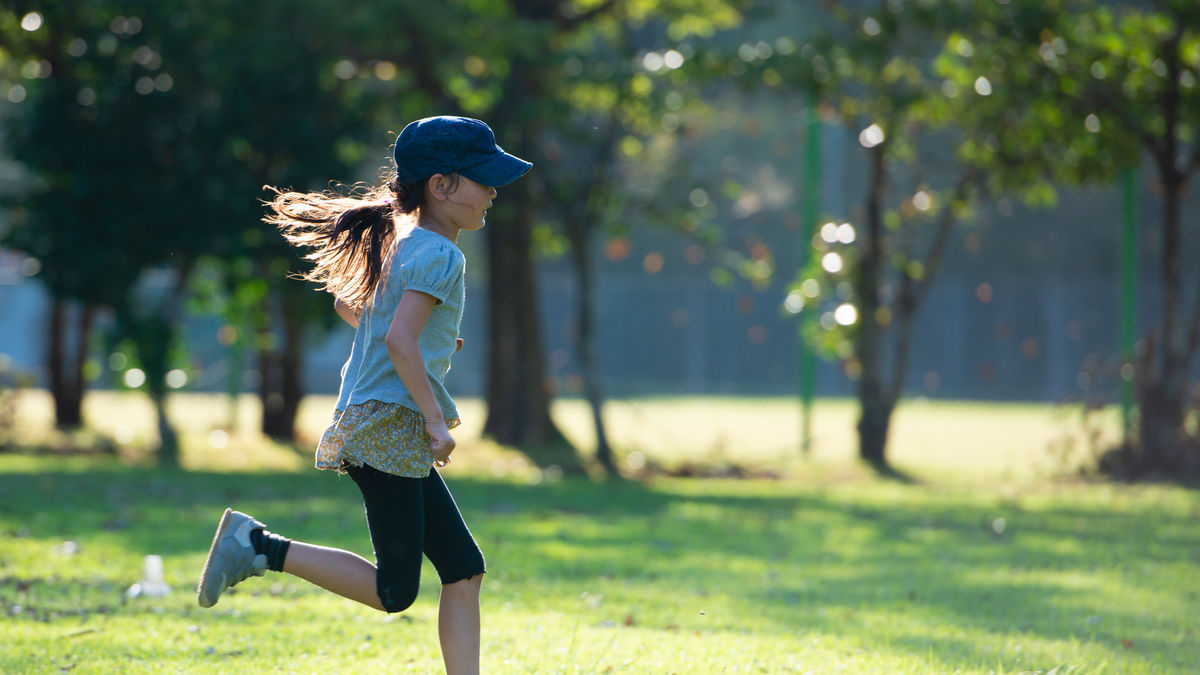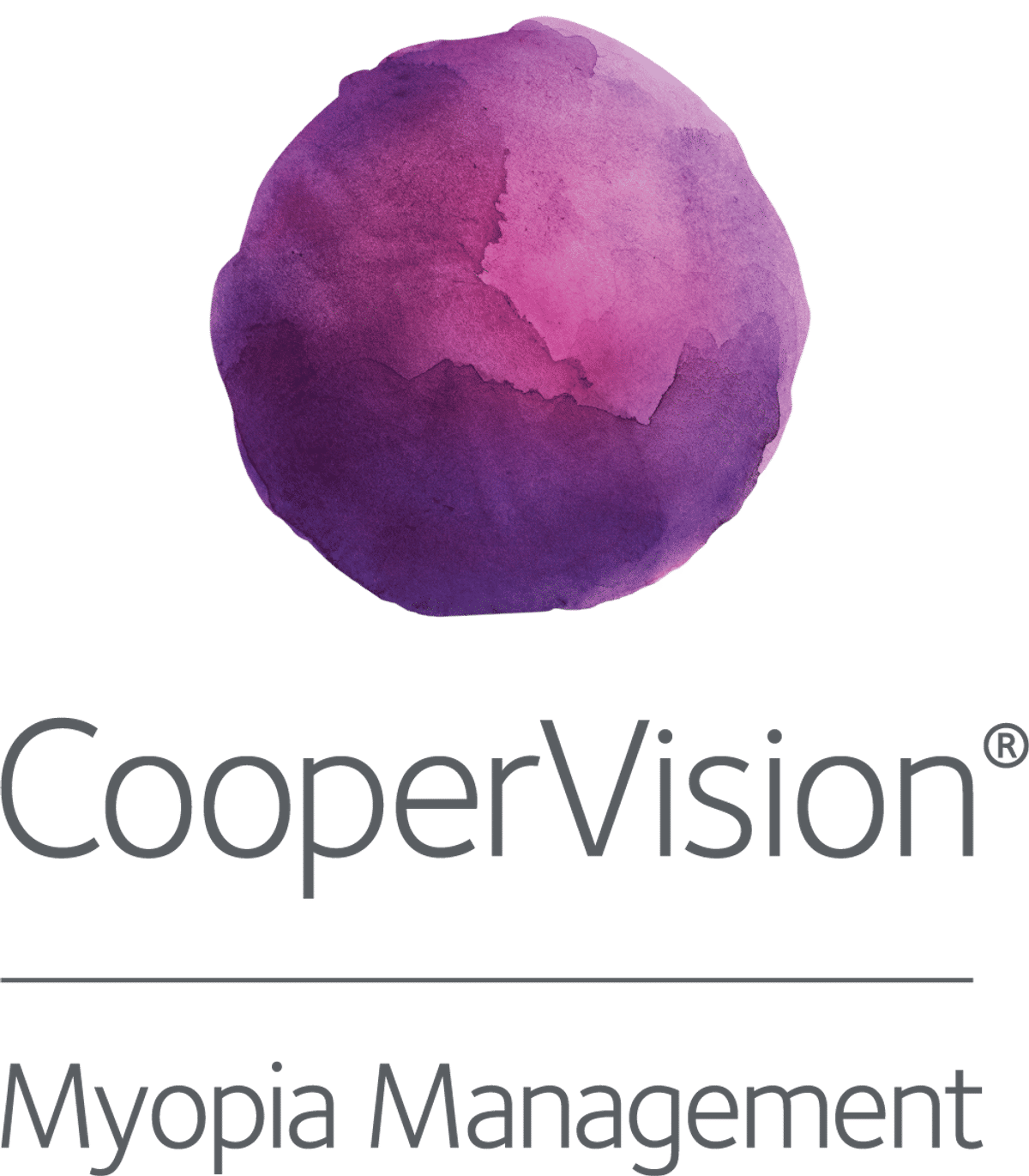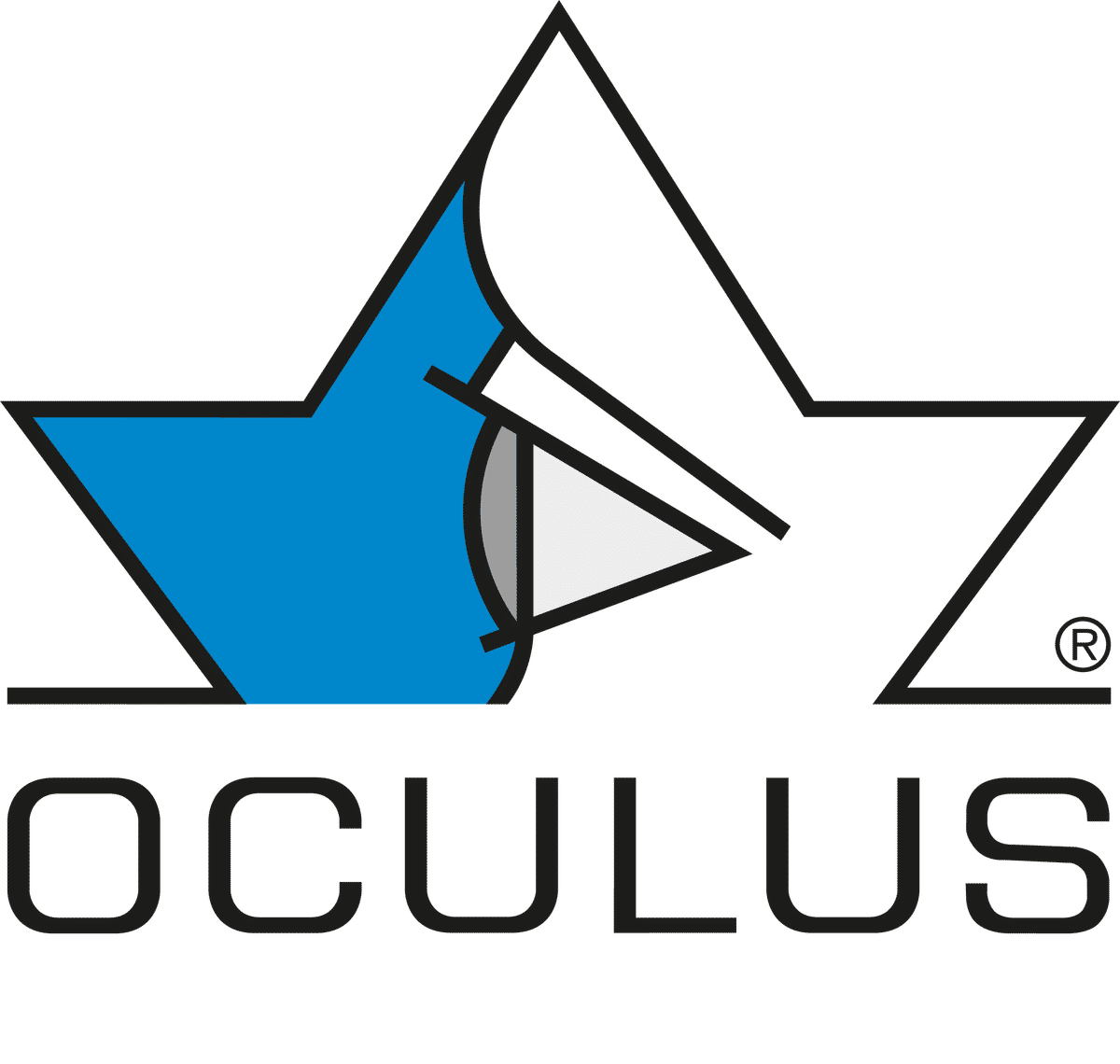Science
Outdoor time and myopia: The Beijing Children Eye Study

In this article:
The introduction of an outdoor exercise program to schoolchildren in Beijing gave slower progression towards myopia over a year for non-myopic children. However, the response reversed within the first two years after the program stopped and a full rebound effect was seen by four years.
Paper title: Outdoor Jogging and Myopia Progression in School Children From Rural Beijing: The Beijing Children Eye Study
Authors: Yin Guo,1 Lijuan Liu,2 Yanyun Lv,1 Ping Tang,1 Yi Feng,1 Min Wu,1 Liang Xu,2 Jost B. Jonas2,3
- Tongren Eye Care Center, Beijing Tongren Hospital, Capital Medical University, Beijing, China
- Beijing Institute of Ophthalmology, Beijing Tongren Eye Center, Beijing Tongren Hospital, Capital Medical University, Beijing Ophthalmology and Visual Science Key Lab, Beijing, China
- Department of Ophthalmology, Medical Faculty Mannheim of the Ruprecht-Karls-University Heidelberg, Mannheim, Germany
Date: May 2019
Reference: Guo Y, Liu L, Lv Y, Tang P, Feng Y, Wu M, Xu L, Jonas JB. Outdoor Jogging and Myopia Progression in School Children From Rural Beijing: The Beijing Children Eye Study. Transl Vis Sci Technol. 2019 May 2;8(3):2
Summary
Previous studies investigating the relationship between myopic prevalence and progression and outdoor activities have generally agreed that outdoor time protects against myopia development in non-myopes, but there is little to no reduction in myopia progression for myopes.1-8
This prospective, school-based longitudinal study assessed the influence of a program of outdoor activity on myopia progression in schoolchildren. Between 2012 and 2013, 157 students from grade 1 and 2 in two elementary schools in Beijing followed a supervised jogging program for 30mins at break-time every school day. The control group included 216 children who continued their normal activities during break-time. All children had ocular examinations at baseline, including non-cycloplegic refraction, fundus photography and full ocular biometry measurements. Parents completed a questionnaire on the time spent on indoor and outdoor activities outside of school hours. The examinations were repeated annually until 2016. Myopia was classified as being -0.50D or stronger. They found that:
- At baseline, there were no differences between the study and the control groups for age, axial length, refractive error or the time spent on indoor or outdoor activities. The main outcome was the measurement of axial elongation and change in axial length/corneal curvature (ALCC) ratio for the progression of myopia.
- The study group showed significantly lower axial growth and refractive error than the control group (0.25 ± 0.20mm and -0.05 ± 0.97D compared to 0.30 ± 0.17mm and -0.33 ± 0.70D, respectively). For the non-myopic study group children at baseline, a significantly smaller axial elongation of 0.23 ± 0.22mm was seen, whereas the non-myopes in the control group had axial growth of 0.31 ± 0.16mm. For children who were myopes at baseline, there was no significant difference found between the study and control groups.
- At the 2yr follow-up (1 year after the study stopped), the study group showed significantly larger axial elongation and refractive error change (0.27 ± 0.20mm and -0.32 ± 0.66D) than the control group (0.20 ± 0.15mm and -0.06 ± 0.66D). There was no significant difference found in axial growth or refractive error for myopes and non-myopes in either the study or control group.
- At the 3yr visit (2yrs after the study stopped), there was a significantly increased axial growth of 0.29 ± 0.23mm seen for the study group compared to 0.20 ± 0.26mm in the control group. There was no statistically significant difference in refractive error changes for either group.
- At the last follow-up in 2016, there were no significant differences between the study and control groups for either axial elongation (0.21± 0.23mm and 0.23± 0.35mm respectively) or for increased refractive error (-0.27± 0.71D and -0.23± 0.68D respectively).
- Temporary reductions of axial growth and refractive error changes were seen for non-myopic children who spent 30mins outdoors for a year.
In the first year after the outdoor program ended, this effect had already started to wane and accelerated eye growth for these children was measured. By the end of the study, a full rebound effect was seen and no further difference in eye growth or refractive error changes were seen.
What does this mean for my practice?
- There may be little clinical relevance for now while the indoor/outdoor relationship for myopia development and progression is still being confirmed. The overall slowing effect was relatively small (0.05mm saving on axial length and 0.28D on refractive error). However, the results of this study do show that for non-myopes there seems to be a protective effect.
- Despite seeming there was little benefit for myopes, this does not mean myopic children need not spend time outside in terms of their myopia. Outdoor time may be helping to offset the time spent in indoor environments.9
- The children in this study were aged between 6 and 7yrs old at baseline. Encouraging children to regularly spend more time outdoors from an early age could give a protective effect against developing myopia. The effect may be prolonged if spending time outdoors becomes part of a continued lifestyle
What do we still need to learn?
It is unclear why myopes did not experience the advantage of outdoor time that non-myopes did, but these results confirm findings from other studies which have investigated myopia and outdoor time with children.10
- Further research will show if 30mins outdoor time was long enough to give a protective effect, or if the outdoor program needed to extend into puberty or beyond to provide a greater and sustained benefit.
- It may also show if a stronger or longer-lasting effect is needed for myopes to benefit.
- Some of the 6-7yr olds in this study were already myopic by at least -0.50D. Future studies could tell us an ideal age at which to introduce an outdoor lifestyle to children.
It is also unclear if an exercise activity while outdoors is required to gain the full protective benefit or if the effect is simply due to the outdoor environment and being less likely to use screen devices or be doing close-up work (both of which have been highlighted as possible reasons for progression).11,12
The limitations to this study included non-cycloplegic refraction, a small sample size and choosing schools in similar urban areas.
Abstract
Title: Outdoor Jogging and Myopia Progression in School Children From Rural Beijing: The Beijing Children Eye Study
Authors: Yin Guo, Lijuan Liu, Yanyun Lv, Ping Tang, Yi Feng, Min Wu, Liang Xu, Jost B. Jonas
Purpose: To assess the influence of an outdoor program on myopia progression in school children.
Methods: The prospective interventional school-based study included 373 students aged 6 to 7 years (grade 1 or 2) who were examined annually between 2012 and 2016. Between 2012 and 2013, the children in the study group (n = 157) performed a 30-minute jogging exercise every school day, while the children in the control school (n = 216) did not. All children underwent a comprehensive ocular examination, including biometry.
Results: At 1 year after baseline, axial elongation and progression of myopic refractive error were significantly lower in the study group than in the control group. Study group and control group differed in axial elongation only in the subgroup of children nonmyopic at baseline, while axial elongation in the children myopic at baseline did not differ between both groups. At 1 and 2 years after the outdoor program stopped, increase in axial length was significantly larger in the study group. At 4 years after baseline, study group and control group did not differ significantly in total axial elongation and total change in refractive error.
Conclusions: An outdoor program of 30 minutes performed every school day for 1 year temporarily reduced myopia progression in schoolchildren nonmyopic at baseline, with a complete rebound effect after the program ended within the 3 following years.
Meet the Authors:
About Ailsa Lane
Ailsa Lane is a contact lens optician based in Kent, England. She is currently completing her Advanced Diploma In Contact Lens Practice with Honours, which has ignited her interest and skills in understanding scientific research and finding its translations to clinical practice.
Read Ailsa's work in the SCIENCE domain of MyopiaProfile.com.
References
- Rose KA, Morgan IG, Ip J, Kifley A, Huynh S, Smith W, Mitchell P. Outdoor activity reduces the prevalence of myopia in children. Ophthalmology. 2008 Aug;115(8):1279-85 [Link to abstract]
- Dirani M, Tong L, Gazzard G, Zhang X, Chia A, Young TL, Rose KA, Mitchell P, Saw SM. Outdoor activity and myopia in Singapore teenage children. Br J Ophthalmol. 2009 Aug;93(8):997-1000 [Link to abstract]
- Guggenheim JA, Northstone K, McMahon G, Ness AR, Deere K, Mattocks C, Pourcain BS, Williams C. Time outdoors and physical activity as predictors of incident myopia in childhood: a prospective cohort study. Invest Ophthalmol Vis Sci. 2012 May 14;53(6):2856-65 [Link to open access paper]
- Jones LA, Sinnott LT, Mutti DO, Mitchell GL, Moeschberger ML, Zadnik K. Parental history of myopia, sports and outdoor activities, and future myopia. Invest Ophthalmol Vis Sci. 2007 Aug;48(8):3524-32 [Link to open access paper]
- Guo Y, Liu LJ, Xu L, Lv YY, Tang P, Feng Y, Meng M, Jonas JB. Outdoor activity and myopia among primary students in rural and urban regions of Beijing. Ophthalmology. 2013 Feb;120(2):277-83 [Link to abstract]
- Guo Y, Liu LJ, Xu L, Tang P, Lv YY, Feng Y, Meng M, Jonas JB. Myopic shift and outdoor activity among primary school children: one-year follow-up study in Beijing. PLoS One. 2013 Sep 24;8(9): e75260 [Link to open access paper]
- Guo Y, Liu LJ, Tang P, Lv YY, Feng Y, Xu L, Jonas JB. Outdoor activity and myopia progression in 4-year follow-up of Chinese primary school children: The Beijing Children Eye Study. PLoS One. 2017 Apr 27;12(4): e0175921 [Link to open access paper]
- Yu-Chieh Yang, Nai-Wei Hsu, Chiao-Yu Wang, Mong-Ping Shyong, Der-Chong Tsai; The Prevalence Trend of Myopia after Promoting Outdoor Activity among Preschoolers, 2014-2019: A Serial Cross-sectional Study in Yilan, Taiwan. Invest. Ophthalmol. Vis. Sci. 2021;62(8):2881 [Link to abstract] [Link to Myopia Profile review]
- Flitcroft DI, Harb EN, Wildsoet CF. The Spatial Frequency Content of Urban and Indoor Environments as a Potential Risk Factor for Myopia Development. Invest Ophthalmol Vis Sci. 2020 Sep 1;61(11):42 [Link to open access paper] [Link to Myopia Profile review]
- Wu PC, Chen CT, Lin KK, Sun CC, Kuo CN, Huang HM, Poon YC, Yang ML, Chen CY, Huang JC, Wu PC, Yang IH, Yu HJ, Fang PC, Tsai CL, Chiou ST, Yang YH. Myopia Prevention and Outdoor Light Intensity in a School-Based Cluster Randomized Trial. Ophthalmology. 2018 Aug;125(8):1239-1250 [Link to abstract]
- Foreman J, Salim AT, Praveen A, Fonseka D, Ting DSW, Guang He M, Bourne RRA, Crowston J, Wong TY, Dirani M. Association between digital smart device use and myopia: a systematic review and meta-analysis. Lancet Digit Health. 2021 Dec;3(12):e806-e818 [Link to open access paper] [Link to Myopia Profile review]
- Huang HM, Chang DS, Wu PC. The Association between Near Work Activities and Myopia in Children-A Systematic Review and Meta-Analysis. PLoS One. 2015 Oct 20;10(10):e0140419 [Link to open access paper] [Link to Myopia Profile review]
Enormous thanks to our visionary sponsors
Myopia Profile’s growth into a world leading platform has been made possible through the support of our visionary sponsors, who share our mission to improve children’s vision care worldwide. Click on their logos to learn about how these companies are innovating and developing resources with us to support you in managing your patients with myopia.












